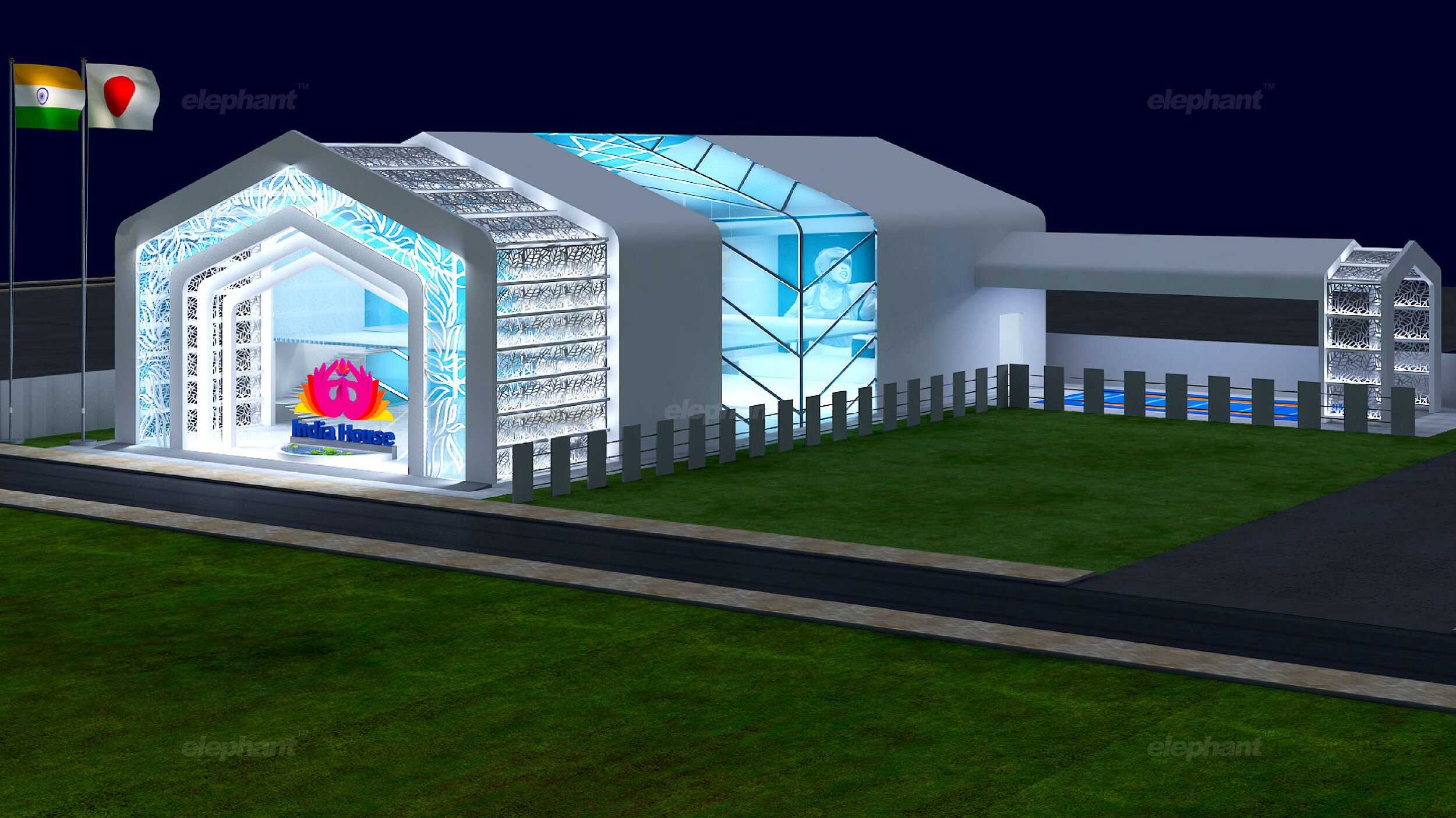When Banks Ignore the Power of Design
Picture this: A long-standing financial institution, proud of its century-old legacy, finds itself struggling to connect with the digital-native generation. Its outdated branding and clunky user interfaces are driving potential customers away faster than you can say "mobile banking." This scenario, unfortunately, isn't just hypothetical – it's a reality faced by many traditional banks and financial services providers today.
In an era where fintech startups are reshaping the financial landscape with sleek designs and user-centric approaches, established institutions can no longer afford to overlook the critical role of design in their operations. It's not just about looking good; it's about creating trust, facilitating understanding, and ultimately, driving business growth.
The cost of neglecting design in the financial sector goes far beyond aesthetic considerations. It can lead to decreased customer engagement, lower adoption rates of digital services, and a perception of being outdated or out of touch. In an industry where trust is paramount, these factors can significantly impact an institution's bottom line and market position.
How We are Reshaping India's Banking Landscape
At Elephant Design, we've had the privilege of working with some of India's most influential banking institutions, including ICICI Bank and Standard Chartered Bank at the turn of the century when India was just getting introduced to Retail Banking. Those partnerships have not only helped shape service design in brick n mortar space but have also deepened our understanding of the unique challenges and opportunities in this sector.
Our partnership with Axis Bank further strengthened our expertise in reimagining banking experiences across all touchpoints. Working closely with them over an extended period, we developed a comprehensive understanding of their needs and created a clear architecture for branches with varied functionality. From exclusive HNI lounges to specialized NRI branches and innovative Banks on Wheels for rural coverage, we detailed each concept and supported their implementation, ensuring a cohesive banking experience across all customer segments.
Our experience has taught us that effective design in financial services is about creating a bridge between complex financial products and the everyday consumer, fostering trust, and simplifying processes that can often be intimidating or confusing.
Turning Institutions into Inspirations
From Scepticism to Optimism in Housing Finance
In more recent years, we got an opportunity to position Shubham, an established affordable housing finance brand that had embarked on a journey to break the traditional money lending practice within communities with informal income. Our goal was to position Shubham as a "Trustworthy partner that respectfully provides financial solutions to those looking to progress in life."
We infused the brand with optimism, warmth, and vibrancy, moving away from the scepticism often associated with affordable housing finance companies. The new visual identity symbolizes growth and progress, reinforcing Shubham's role in their customers' journey towards a better future.
Chola MS: The Express Lane to Insurance
Our work with Chola MS focused on creating a differentiated experience for insurance agents and customers alike. The "Insurance Express" concept was born out of the need to make insurance transactions quick, experiential, and friendly.
We designed compact, ROI-focused outlets that don't compromise on experience or trust. The vibrant, energetic design language and user-friendly interfaces transformed the typically staid atmosphere of insurance offices into efficient self-service environments.
MIBL Paybima: Where Digital Meets Personal in the Insurance World
For MIBL's Paybima, we focused on creating a "Smart Digital Hub" that simplifies the insurance journey for customers in Tier-2 and Tier-3 cities. This project presented a unique challenge: how to leverage technology to simplify insurance processes while still providing the human touch that many customers in these markets prefer.
Our strategy centred on three key pillars: digitizing and humanizing insurance, providing simplified advisory services, and ensuring seamless omnichannel integration. We recognized that while digital solutions could greatly improve efficiency, the human element remained crucial in building trust and providing personalized advice.
Indel Money: Traditions Meet Digital Innovations
Indel Money approached us with a strategic objective: to reposition themselves as a comprehensive financial services company, moving beyond their established identity as a gold loan provider. This transformation required a careful balance between leveraging their existing trust while signalling their expanded capabilities to serve broader financial needs.
Our strategic approach focused on developing a brand narrative that would effectively communicate this evolution while maintaining their foundation of trust and expertise. We crafted a modern, forward-looking identity that reflected their expanded financial services portfolio while preserving the core values that had earned them customer loyalty over the years.
The Secret Sauce: Insights from the Finance-Design Fusion
Our extensive work in the financial sector has yielded valuable insights into what works and what doesn't in retail banking design. Here are some key learnings:
Simplicity is Key: Financial products are inherently complex, but good design can make them feel simple and accessible. It's about rethinking entire processes and customer journeys to remove unnecessary complexity.
Trust-Building Through Design: In an industry where trust is paramount, every design decision should contribute to building and maintaining that trust. This can be achieved through consistent branding, transparent information design, and creating physical and digital environments that feel secure and professional.
Balancing the Digital and Human Touch: While digital solutions are essential for efficiency and scalability, the human element remains crucial in financial services. Good design should facilitate both digital efficiency and meaningful human interactions.
Consistency Across Touchpoints: An omnichannel approach ensures a seamless experience whether the customer is online, on mobile, or in a physical branch. This consistency not only improves the user experience but also reinforces brand identity and builds trust.
Cultural Sensitivity: Especially in diverse markets like India, design must be culturally relevant and inclusive. This goes beyond just using the right imagery or colors. It's about understanding cultural nuances in how people interact with financial services and designing accordingly.
Empowering Financial Literacy: Good design in financial services should not just facilitate transactions; it should also educate and empower users to make better financial decisions. This can be achieved through thoughtful information design, interactive educational tools, and creating spaces (both physical and digital) that encourage learning about financial products.
Flexibility and Scalability: The financial sector is rapidly evolving, and design solutions need to be flexible enough to adapt to changing regulations, technologies, and customer expectations.
Emotional Connection: While banking and finance are often seen as purely rational domains, successful brands in this space create emotional connections with their customers. Design plays a crucial role in this, from crafting brand narratives that resonate with people's aspirations to creating experiences that make customers feel valued and understood.
The Bottom Line: Why Design is the Best Investment for Financial Brands
As we've seen through our work with Shubham, Chola MS, MIBL Paybima, and Indel Money, strategic design is not just a nice-to-have in the financial sector -- it's a necessity. In an industry often perceived as cold and impersonal, thoughtful design can inject warmth, build trust, and create meaningful connections with customers.
The financial institutions that will thrive in the future are those that embrace true user-centricity through design thinking principles. Whether developing technological solutions or creating physical spaces, these principles are essential for arriving at insights-led solutions that genuinely serve customer needs.
The ever-evolving landscape of financial services necessitates the role of strategic design and user-centric thinking will only grow in importance. At Elephant Design, we're committed to pushing the boundaries of what's possible, helping our clients create meaningful, impactful experiences for their customers. In doing so, we're not just shaping brands — we're shaping the future of finance itself.





































































